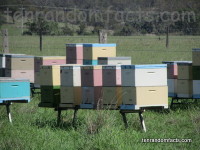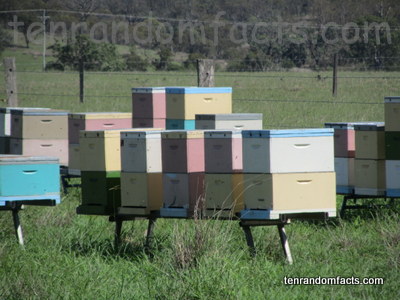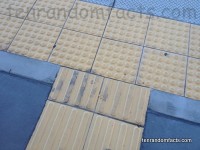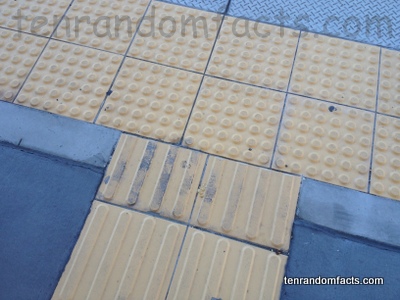
Chicken nuggets are a favourite, but are they really made of chicken?
- Chicken nuggets are a poultry-based food, that are generally small pieces of crumbed covered meat, and are eaten as a snack or part of a main meal.
- Chicken nuggets are typically pieces of processed or ground chicken, or chicken breast meat, and the crumbed batter is often made of breadcrumbs or crushed cornflakes or similar, or a wheat flour mixture.
- The inventor of the chicken nugget was Robert C Baker, a professor of Cornell University, qualified in food science, who published the recipe in an academic paper in the early 1960s.
- The cooking process of chicken nuggets generally involves deep frying, pan frying, or baking in an oven, while deep frying is more common in fast-food settings.
- Chicken nuggets have been highly popularised in takeaway restaurants, especially the symbolic Chicken McNuggets of McDonalds, and the first nuggets to be sold by McDonalds was in 1980.
Chicken Nuggets
Image courtesy of Andrea Parrish – Geyer/Flickr
- To cater for vegetarians, some chicken nuggets are made without meat but instead use bean or vegetable substitutes.
- Empire Kosher Poultry, a chicken producer in the United States, set the world record in 2013 for making and cooking the largest chicken nugget, which was almost a metre (3.3 feet) in length and weighed 23.2 kilograms (51.1 pounds).
- Chicken nuggets are commonly bite sized or slightly larger, and are generally coloured yellow to brown on the exterior, and they are sometimes served with a sauce, of which a variety of flavours are used.
- Traditionally, chicken nuggets are crude cylindrical shapes of meat, although they can be made into specific shapes, and they often have a slightly bumpy appearance.
- Originally, the meat of many commercial chicken nuggets was said to be ‘mechanically separated meat’, a processed paste that uses scraps from chicken carcasses, although many companies now make their nuggets from chicken breast meat, or other ‘white’ chicken meat.
Bibliography:
Chicken Nugget, 2015, Wikipedia, http://en.wikipedia.org/wiki/Chicken_nugget
McKenna M, The Father of the Chicken Nugget, 2012, Slate, http://www.slate.com/articles/life/food/2012/12/robert_c_baker_the_man_who_invented_chicken_nuggets.html
What’s Really in that Chicken Nugget?, 2012, National Chicken Council, http://www.nationalchickencouncil.org/whats-in-those-chicken-nuggets/

























